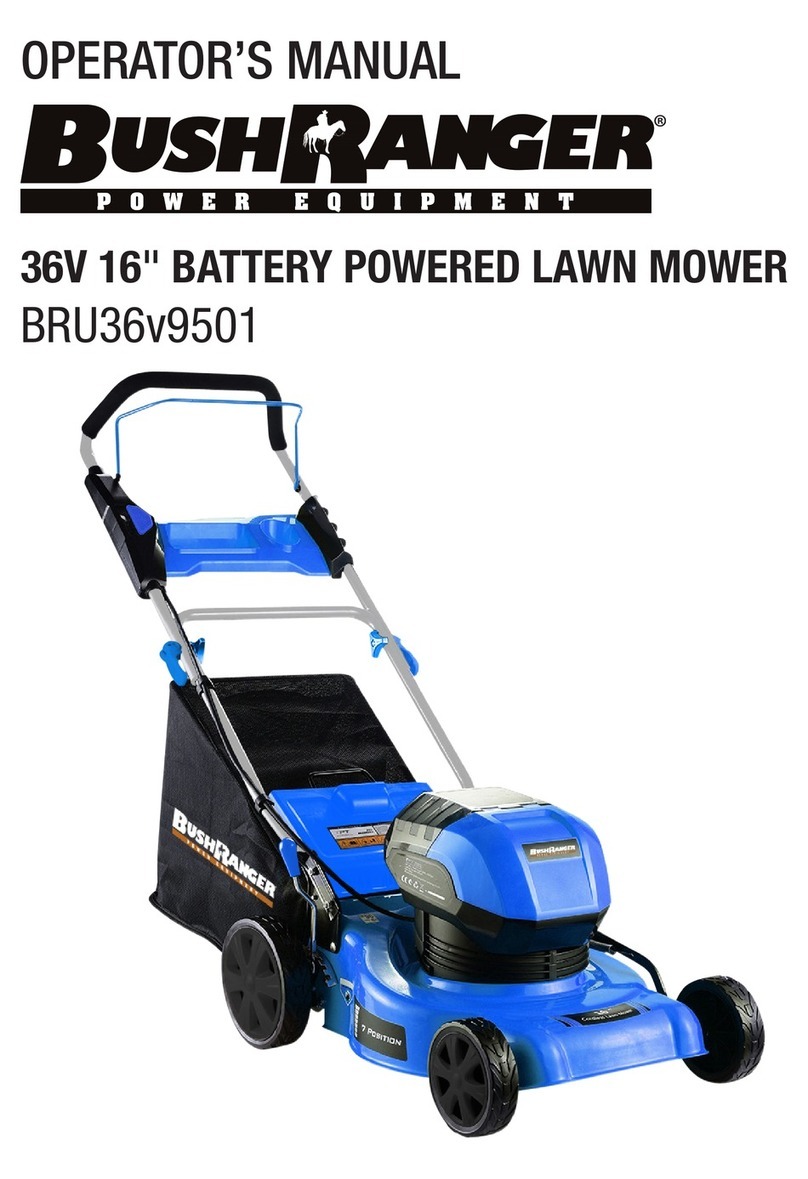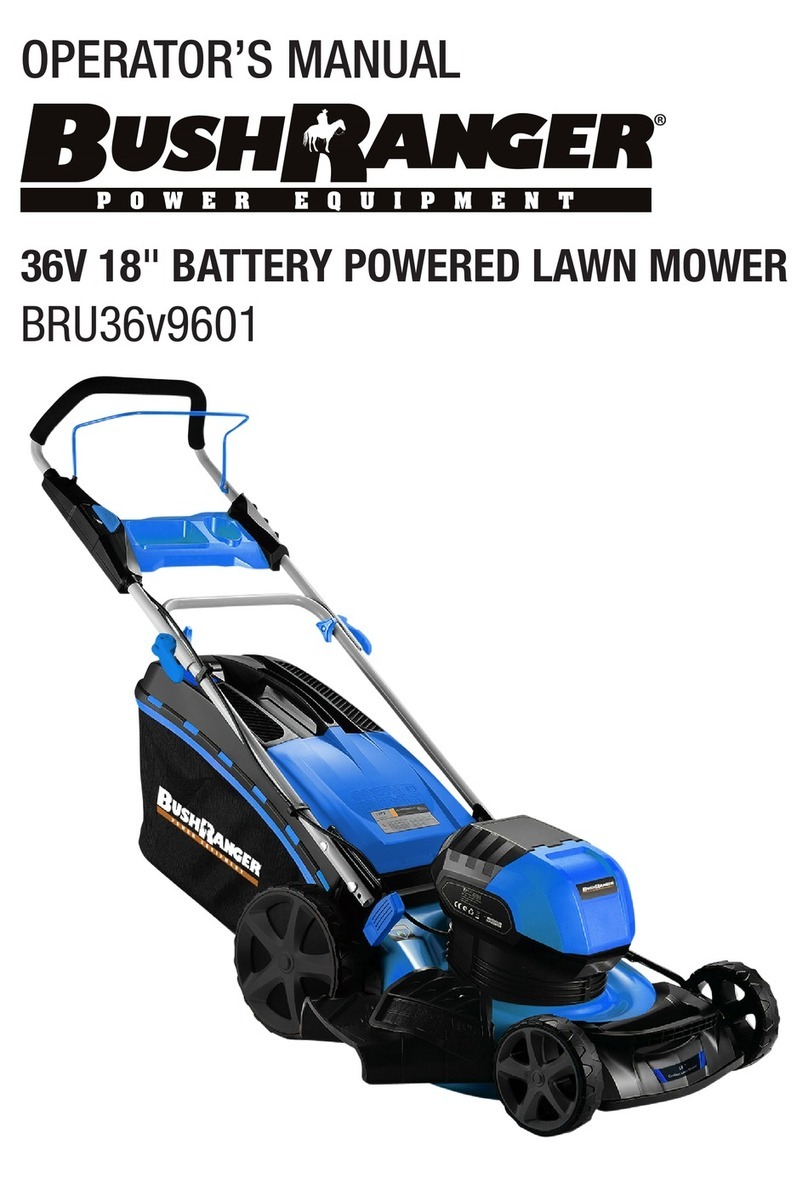Bushranger 530SPB User manual
Other Bushranger Lawn Mower manuals

Bushranger
Bushranger 48AB6IM User manual
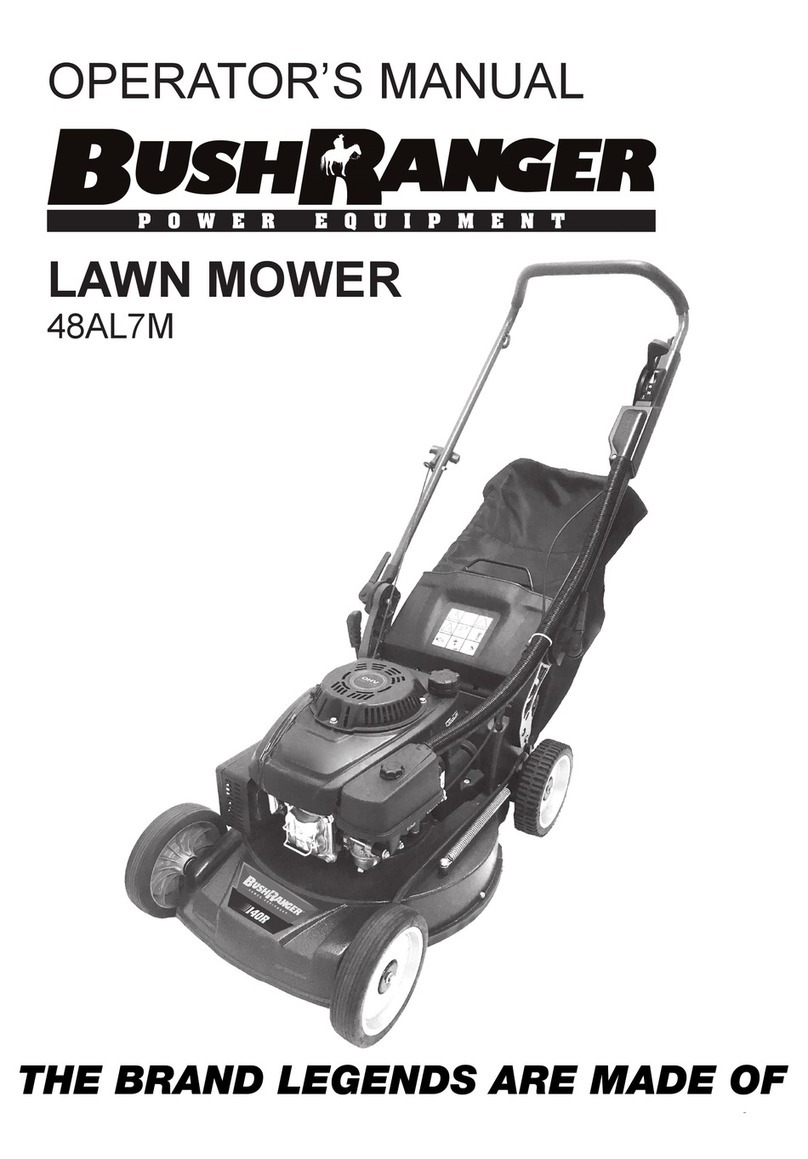
Bushranger
Bushranger 48AL7M User manual
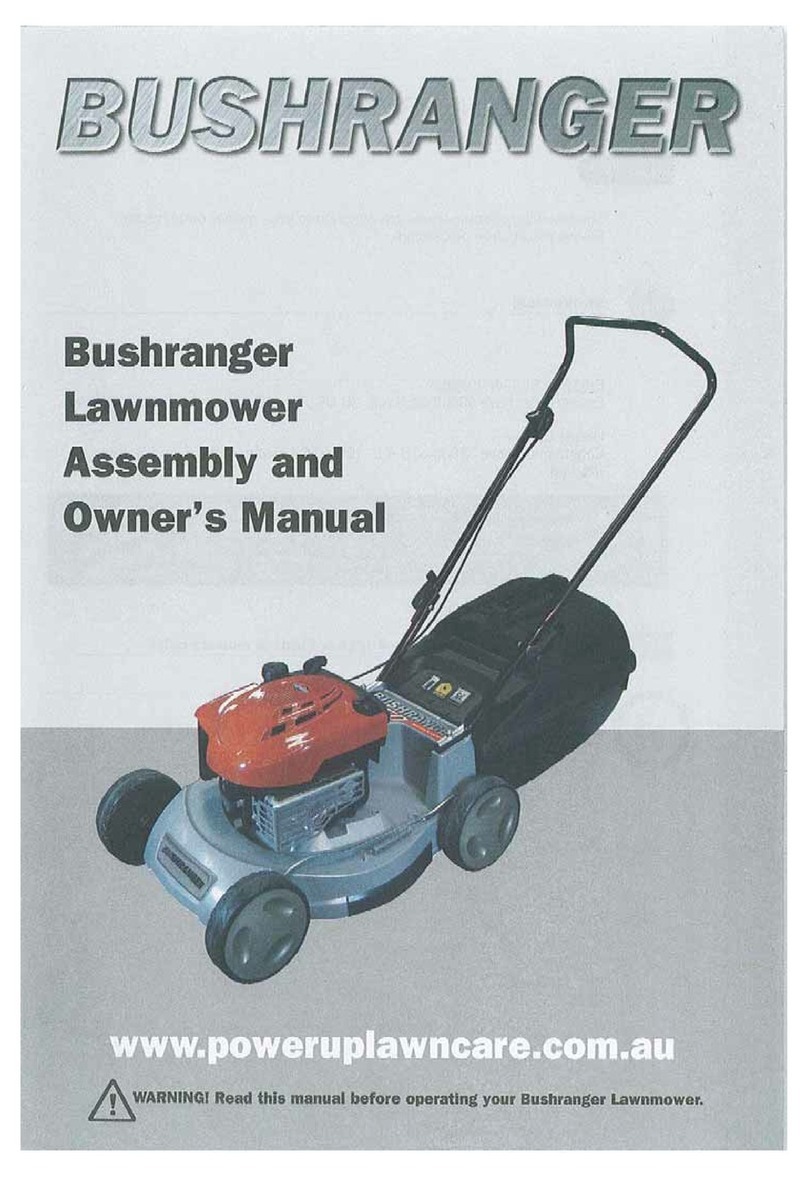
Bushranger
Bushranger 46TB55M User manual
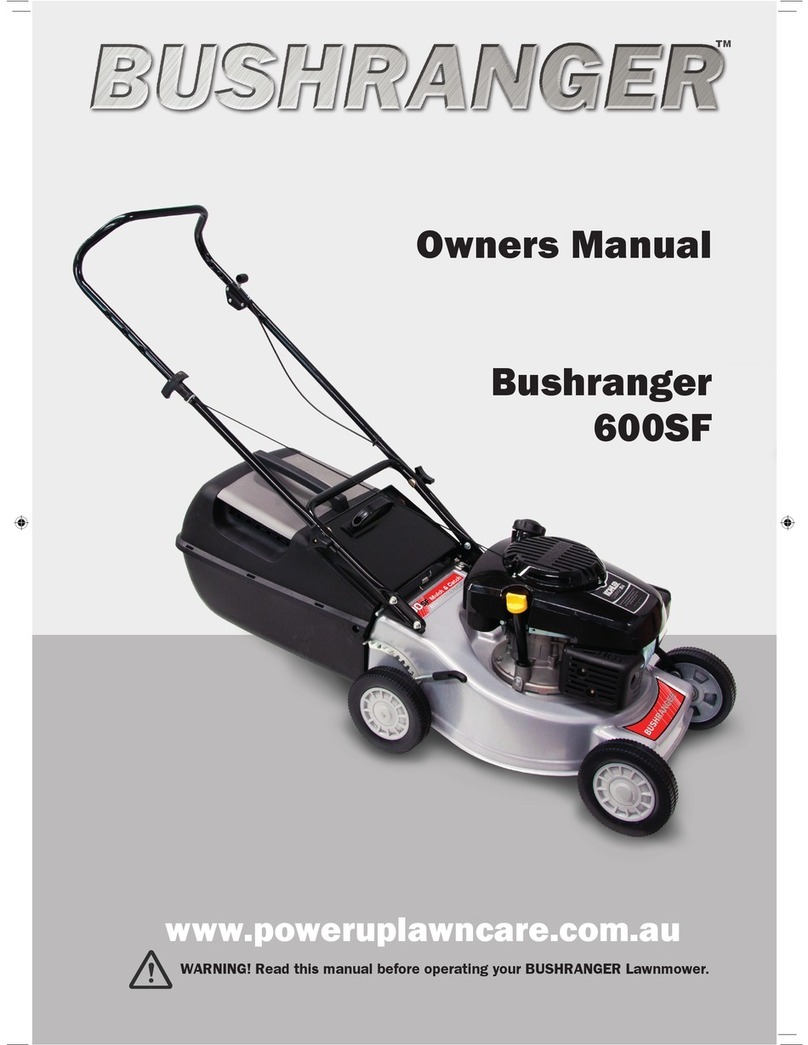
Bushranger
Bushranger 600SF User manual

Bushranger
Bushranger 53TBU65 User manual
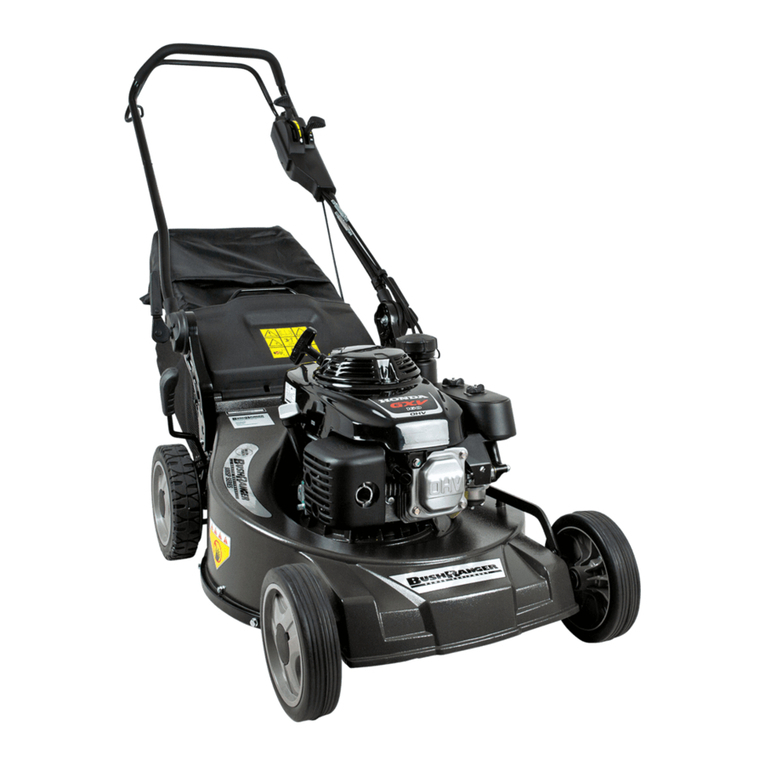
Bushranger
Bushranger 53AH6IMSP User manual
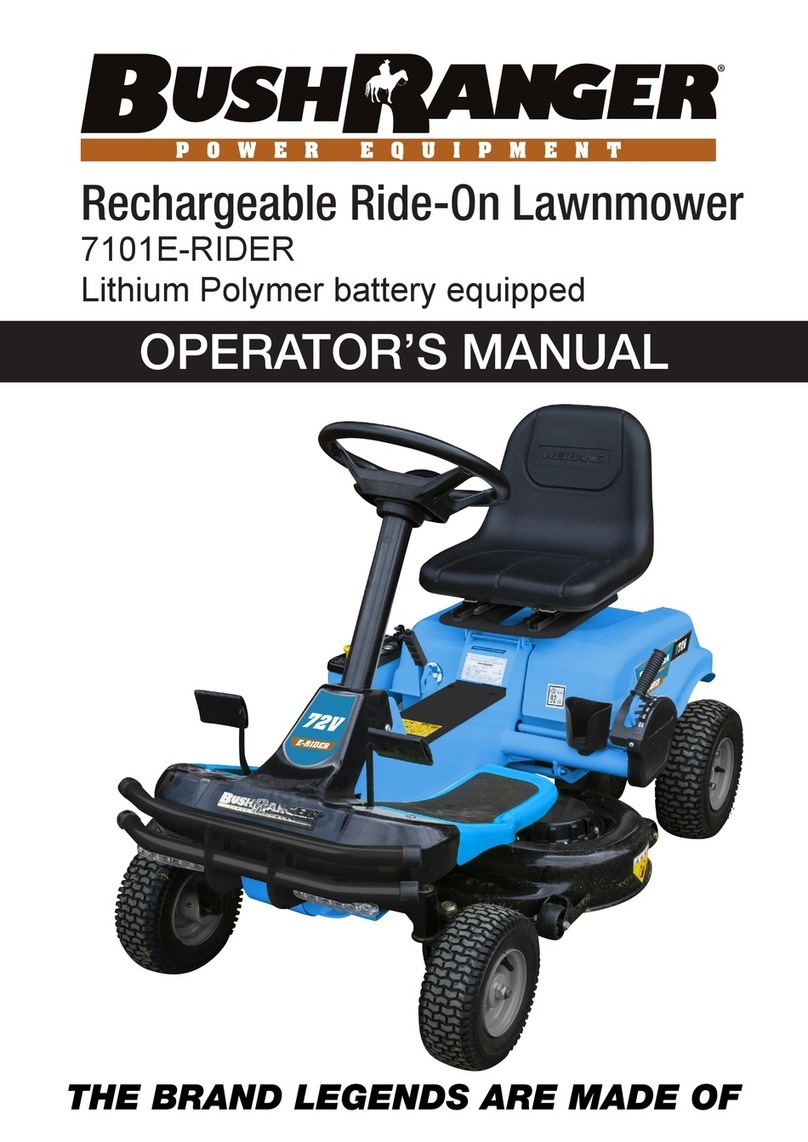
Bushranger
Bushranger 7101E-RIDER User manual

Bushranger
Bushranger BUSH46TKU6 User manual

Bushranger
Bushranger 46TBU6 User manual

Bushranger
Bushranger 46TBU7 User manual
Popular Lawn Mower manuals by other brands

TALEN TOOLS
TALEN TOOLS AVR HGM30 manual

DEWEZE
DEWEZE ATM-725 Operation and service manual

Weed Eater
Weed Eater 180083 owner's manual

Husqvarna
Husqvarna Poulan Pro PP185A42 Operator's manual

Better Outdoor Products
Better Outdoor Products Quick Series Operator's manual

Cub Cadet
Cub Cadet 23HP Z-Force 60 Operator's and service manual
